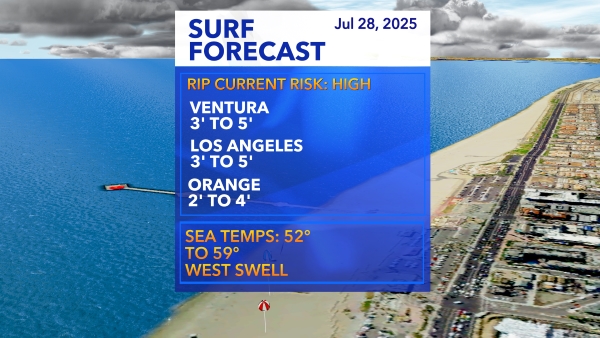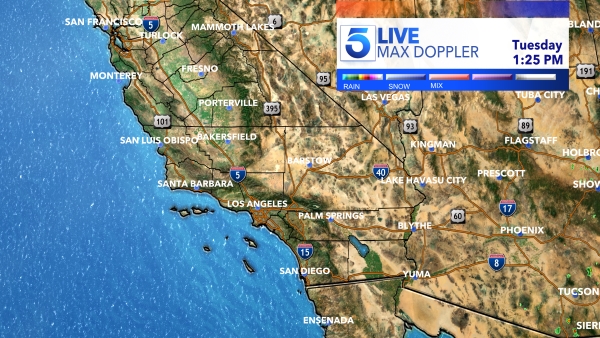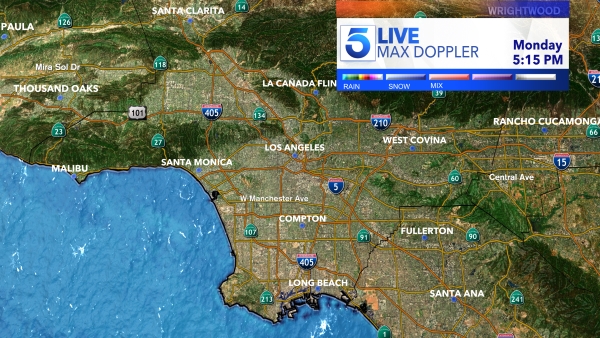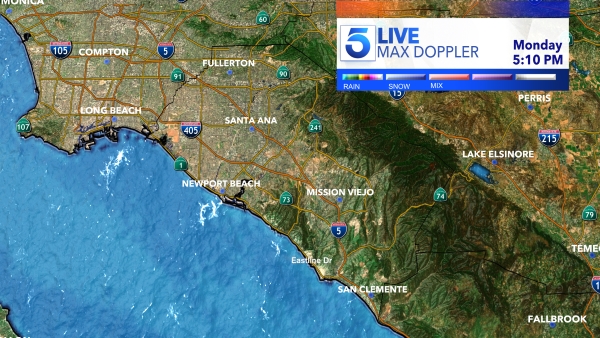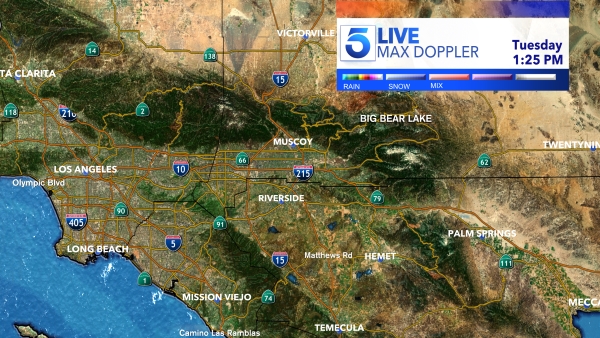Hurricane Odile was downgraded to a tropical storm as it moved through Mexico’s Baja California peninsula on Monday.
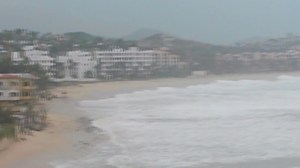
Odile struck Mexico’s Pacific Coast Sunday as a hurricane with winds of 115 mph and gusts reaching 125 mph.
The storm weakened to a Category 1 hurricane before being downgraded to a tropical storm, but forecasters had warned the storm could still do plenty of damage to the region.
“Large and destructive waves” and heavy rainfall that could cause life-threatening flash floods and mudslides were predicted in the area, CNN reported.
About 15,000 to 30,000 tourists were estimated to be in the area, many seeking safety inside local hotels and shelters.
Many people located in coastal areas were evacuated to 164 shelters that were readied for 30,000 people, and at least 22 airline flights were cancelled, the Los Angeles Times reported.
Monrovia resident Alex Wousifian was staying at the Riu Santa Fe Hotel in Cabo San Lucas when the storm hit.
The lower portion of the hotel appeared to be flooded with 3 to 4 feet of water and he was unable to contact an airline service to schedule an earlier return flight.
“It looks pretty bad outside … we did our best, we just barricaded the windows, grabbed as much water and food as we could and we’re just waiting it out in our room. I don’t know what plans they have to evacuate, I don’t see where they’re going to go,” Wousifian said.
The storm was expected to move in a north-northwest direction, missing Southern California.
The hurricane was predicted to cause high tides and rip currents at southern facing beaches in L.A. and Ventura Counties, but the National Weather Service had not issued an official warning.
A slight chance of showers and thunderstorms in both counties was expected Wednesday and Thursday, the first two days both areas would not face an excessive heat watch warning that estimated triple digit temperatures, according to the NWS.
However, increased humidity paired with slightly lower temperatures was expected to keep the areas’ weather feeling relatively steady and extremely hot throughout the work week.
More videos:
